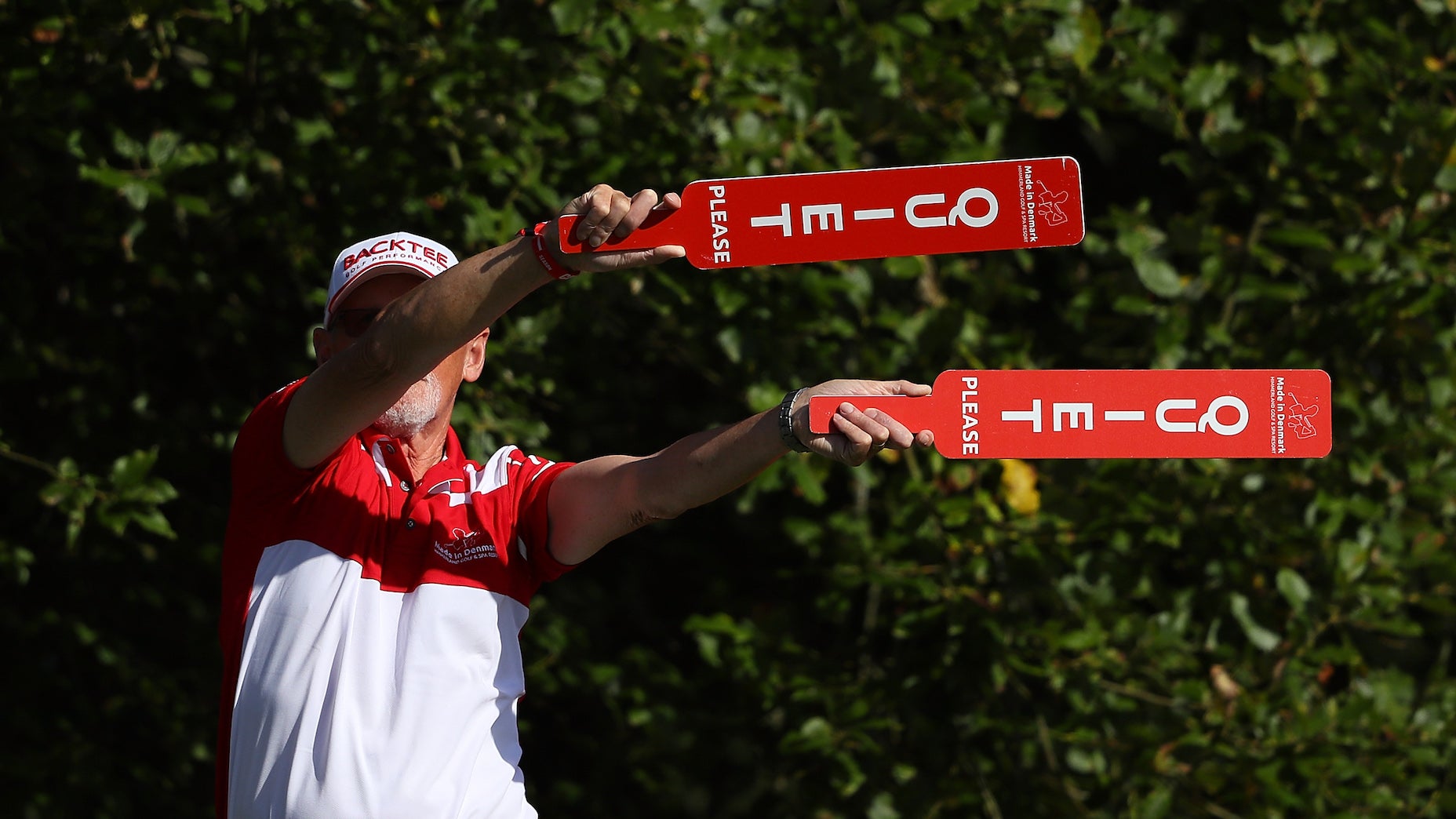What this amateur fixed to shave 10 strokes off their game (and how you can too)

GOLF Top 100 Teacher Mark Durland shows the steps an amateur used to shave 10 strokes off his game by eliminating a chicken-wing golf swing.
YouTube/DurlandGolfSchool
Welcome to Shaving Strokes, a new GOLF.com series in which we’re sharing improvements, learnings and takeaways from amateur golfers just like you — including some of the speed bumps and challenges they faced along the way.
If you’re a player who has a “chicken wing” in their golf swing, you’re certainly not alone. As a common problem for many amateur golfers, the mistake occurs when someone contracts their arms so that the elbows separate, causing the lead elbow to point up.
So what’s the problem with that? As anyone who “chicken wings” can attest, the quality of the shot is negatively impacted — so it’s important to shallow the swing and pull the arms in toward the body.
By correcting this issue, players will start to see straighter shots, longer shots and, of course, lower scores.
In today’s Shaving Strokes, GOLF Top 100 Teacher Mark Durland explains how he helped a student named Jeff shave 10 strokes off his game, all by correcting the chicken wing in his swing and readjusting his setup.
Take a look below to see how the two were able to do it — and how you can use the information to improve your own game.
According to Durland, Jeff started taking lessons with him earlier this year, taking just a single, two-hour session each month from February to April — and by the third lesson, Jeff started to experience “some astonishing results,” per Durland.
“His handicap index dropped by 10 strokes, he added 20-plus yards to all of his clubs, and he had his first hole-in-one,” Durland said. “What made his hole-in-one so amazing is that it came on a hole where he would historically use a 5-iron, but now he uses an 8-iron.”
As I’ve written about in a previous Shaving Strokes article, my first-ever golf lesson helped identify some bad golf habits of mine. The same seemed to happen for Jeff.
“Jeff worked diligently between lessons,” adds Durland. “He spent time using a Trackman simulator and put in the work by playing a few times a week. It wasn’t always pretty through the process, but he kept pushing forward and is now experiencing the rewards of his hard work.”
Here’s what Durland had Jeff do to help correct his issues — starting with that chicken wing in the golf swing.
Correcting the chicken wing
According to Durland, Jeff struggled with making solid contact and his club path, which he says was the genesis of “a lifelong chicken wing with his left arm through impact.”
While there are different ways to fix a chicken wing, the video below from Durland’s YouTube channel helps explain some of the steps the golf teacher used with Jeff to overcome the problem.
How to prevent a chicken wing golf swing
Slicing off the tee
After figuring out that the chicken wing in Jeff’s golf swing was causing issues, Durland next focused on making Jeff’s setup more cohesive.
“Like most amateur golfers, Jeff battled a slice,” Durland says. “As a result, he would aim left to accommodate the curving right ball flight. However, the more left he aimed, the more left his club path would shift, further increasing the slice.”
Redfining the golf setup
To help with Jeff’s slice, Durland had the student work on closing his stance — especially when using the driver. With a slight right aim, Jeff was able to deliver the clubhead on a less-left swing plane.
Said Durland, “The setup helped a lot, but he was still struggling with an outside-in, over-the-top golf swing. This resulted in a fade and sometimes a slice ball flight.”
A better swing plane
Finally, the two worked on getting Jeff to swing more around “like a merry-go-round, and less vertical like a ferris wheel.”
Added Durland, “The best way for Jeff to digest this was by keeping his arms lower and closer to the ground on the backswing. After these changes, a draw ball flight started to emerge, which kept Jeff inspired to make the changes. His ball had always curved right, so seeing it curve left was a welcome sight.”
By correcting Jeff’s chicken wing golf swing, as well as addressing the setup and swing-plane issues, Durland was able to help him shave 10 strokes off his game in just three months. It sounds like the improvement is just getting started, and lower scores could be in his future by later this year.














